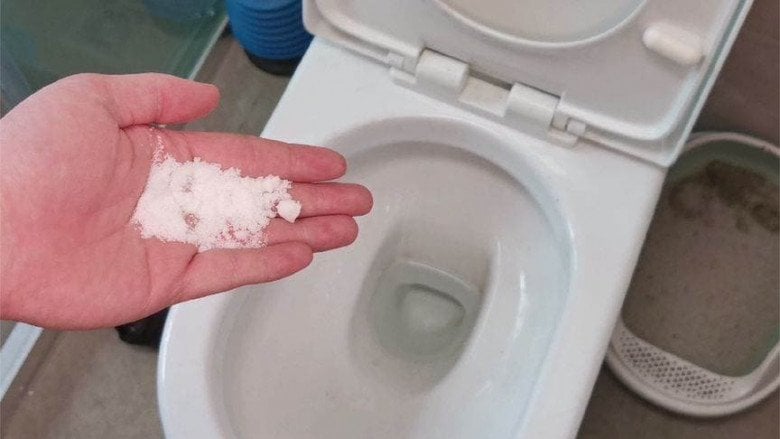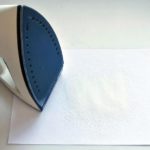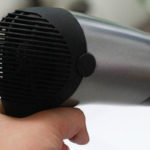Clogged drains and toilets in the bathroom, shower, or kitchen sink can develop over time due to a buildup of dirt and grime. This common problem can be solved with a surprisingly simple solution: pouring salt down the drain.
Unclogging Drains with Salt, Baking Soda, and Vinegar
+ Materials you’ll need
– Salt
– Baking soda
– Vinegar
+ Instructions

Unclogging Drains with Salt, Baking Soda, and Vinegar
Step 1: First, remove any visible debris that may be clogging the drain.
Step 2: Next, mix equal parts salt and baking soda and pour the mixture down the drain or toilet.
Step 3: Then, pour double the amount of vinegar as the salt and baking soda mixture directly into the drain and let it sit for 15 minutes. After that, pour boiling water down the drain. This will help dissolve any remaining dirt and grime and allow water to flow freely.
If you don’t have baking soda and vinegar, you can simply pour 1 cup of granulated salt down the drain and follow with several minutes of hot water. This method will also be effective.
Other Simple Ways to Unclog Drains and Toilets at Home
+ Using boiling water
For this method, simply boil a pot of water and slowly pour it down the drain or toilet three to four times, waiting a few seconds between each pour.
The boiling water will help to dissolve grease and grime that may have accumulated in the drain or toilet. However, this method may not be as effective as using the salt, baking soda, and vinegar solution.
+ Using a wire coat hanger
You will need: A wire coat hanger; Rag; Wire; Gloves; Pliers.
First, straighten the wire hanger using the pliers. Then, wrap one end of the hanger with a rag, making sure it is about ⅓ the size of the toilet bowl. This will allow the hook to easily push through waste while preventing it from scratching the toilet bowl.
Next, insert the end of the hanger with the rag into the toilet bowl and push it in until it reaches a hard object. This is the blockage. Push and wiggle the hook to dislodge the object and prevent it from clogging again. When the water starts to drain quickly, the blockage has been cleared. Simply flush the toilet to finish the process.
Note: Do not use a wire hanger that is too stiff, as it will be difficult to insert into the toilet bowl.

Using a Wire Coat Hanger to Unclog a Toilet
+ Using a wet/dry vacuum
First, place newspapers or old towels around the drain or toilet to prevent waste from spilling onto the floor. Then, open windows or turn on a fan to ventilate the area and reduce unpleasant odors. You should also wear a mask, goggles, and gloves to protect yourself from any splashing waste.
Next, use the wet/dry vacuum to remove as much water from the drain as possible.
Then, insert the vacuum hose into the drain and vacuum for two to five minutes. Wrap a rag or old towel around the hose to seal the drain opening and prevent air from entering, which can reduce the effectiveness of the vacuum.
After vacuuming, remove the hose and flush the drain with water to see if the clog has been cleared. If not, repeat the process. If the clog persists, call a professional plumber to resolve the issue.



































